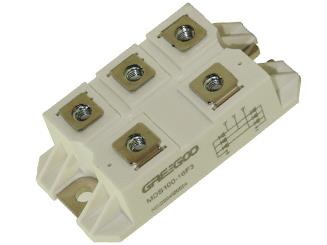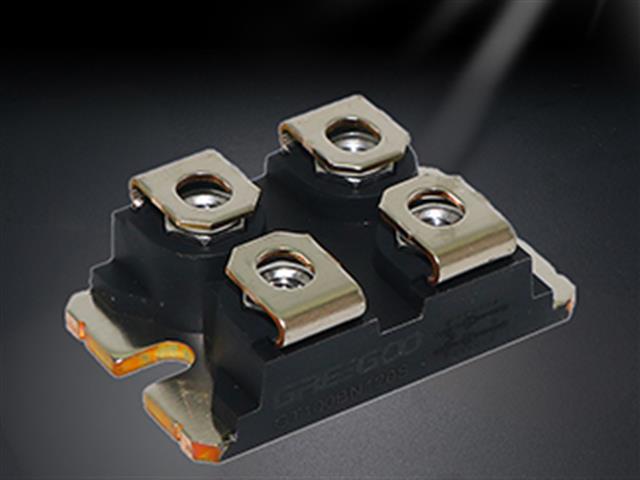Discover the Power of Electromechanical Switches: Limit Switch vs Foot Pedal Switch vs Micro Switch
In the realm of industrial automation and smart devices, limit switches, foot pedal switches, and micro switches are indispensable components. Known for their reliability, flexibility, and compact design, these electromechanical switches are used in everything from factory production lines to household appliances. In this blog, we explore their unique strengths and real-world applications to help you choose the perfect switch solution!
Shared Strengths: Why Choose Electromechanical Switches?
Despite their varied uses, limit switches, foot pedal switches, and micro switches share key features:
High Durability: Rated for millions of cycles, ideal for high-intensity environments.
Flexible Contact Configurations: Support normally open (NO), normally closed (NC), or changeover contacts for diverse circuit needs.
Physical Actuation: Triggered by pressing, position detection, or pedal action for precise control.
Compact and Reliable: Small size and consistent performance, perfect for various systems.
These qualities make them ideal for industrial automation, machinery control, and consumer electronics.
Limit Switches: Precision Position Guardians
Limit switches control circuits by detecting the position of mechanical components, widely used in elevators, conveyor belts, and robotic systems. For example, on a production line, they accurately sense object positions, ensuring smooth operation. Their zero-crossing feature minimizes electromagnetic interference, ideal for applications with strict grid quality requirements.
Applications: Industrial automation, motion limiting, safety systems.
Advantages: High precision, durable, low maintenance.
Foot Pedal Switches: Hands-Free Control Experts
Foot pedal switches enable circuit control via foot operation, freeing up hands and boosting efficiency. In medical devices, sewing machines, or musical equipment, they allow users to focus on core tasks. For instance, surgeons can control medical equipment with foot pedals, maintaining sterile conditions.
Applications: Medical equipment, industrial sewing machines, music performance.
Advantages: User-friendly, efficient, ergonomic.
Micro Switches: Small Size, Big Impact
Micro switches, with their compact size and fast response, are key in mice, appliances, and automotive electronics. They enable precise triggering in tight spaces, like the responsive click of a computer mouse.
Applications: Consumer electronics, automotive controls, precision instruments.
Advantages: Compact, fast response, cost-effective.
Why Choose Our Switch Solutions?
Our limit switches, foot pedal switches, and micro switches are crafted with advanced manufacturing and rigorously tested for stability in extreme conditions. Whether for heavy-duty industrial tasks or precise consumer electronics, we offer tailored solutions to meet your needs.
Quality Assurance: ISO-certified, meeting international standards.
Wide Selection: Supports various voltages, currents, and contact configurations.
Technical Support: Expert guidance on selection and after-sales service.
Take Action Now: Optimize Your Control Systems!
Whether you aim to enhance production line efficiency or seek reliable switches for new designs, our electromechanical switches deliver superior performance. Contact us for the product catalog or visit our website for more details!
Upgrade your systems today and experience the power of electromechanical switches!

Slim 3 phase Power Diode Module GDF100AA
Power Diode Module DF100AA is designed for three phase full wave rectification, High reliability by unique glass passivation, Isolated mounting base, Output DC current is 100Amp (Tc=102℃), Repetitive peak reverse voltage is up to 1,600V.
Read More
SOT 227 Package
FRED Diodes, Schottky Diodes, Thyristor Diode Module (MCD…io8/…io6),Rectifier Diode (DSI 2x…), Single Thyristor Module (MCO…)
Read More
How to Use a Vacuum Contactor? A Comprehensive Guide on Vacuum Contactors
Understanding well about Vacuum Contactor, A Comprehensive Guide
Read More
GVC/EVC Series Low Voltage Medium Voltage Vacuum Starter Contactor: Advanced Solutions for Reliable Motor Control in Various Industries
The GVC type is suitable for AC systems with a frequency of 50Hz or 60Hz, a rated voltage of 1140V, 1.5KV, 2KV, 3.6KV and a rated current ranging from 63A to 3200A. The EVC type is suitable for AC systems with a frequency of 50Hz or 60Hz, a rated voltage of 7.2KV, 12KV, 24KV, 36KV, 40.5KV and a rated current ranging from 250A to 800A.
Read More














